Astro Photography
I never thought it possible to photograph nebulae, comets, and other deep sky objects without a telescope, but here we are…a glimpse into the cosmos using a DLSR camera on a tripod.
Astro photography takes time. Long exposures are required to capture the milky way which you can do using a decent camera, tripod, and wide angle lens. My starting setup (without a star tracker) is ISO 1600, aperture f2.8, 25 seconds with a 14mm lens, and adjust from there. Longer exposure times can cause blur or star trails which is a pretty cool technique in itself.
Star trackers rotate to offset the rotation of the Earth. This allows your camera to remain fixed on an object, lengthening exposure time and avoiding star trails.
My quickest star tracker setup and alignment time is about 30 minutes, but most take much longer, even when using a laser guide to zero in at Polaris (the centre-most star in the Northern Hemisphere’s night sky).
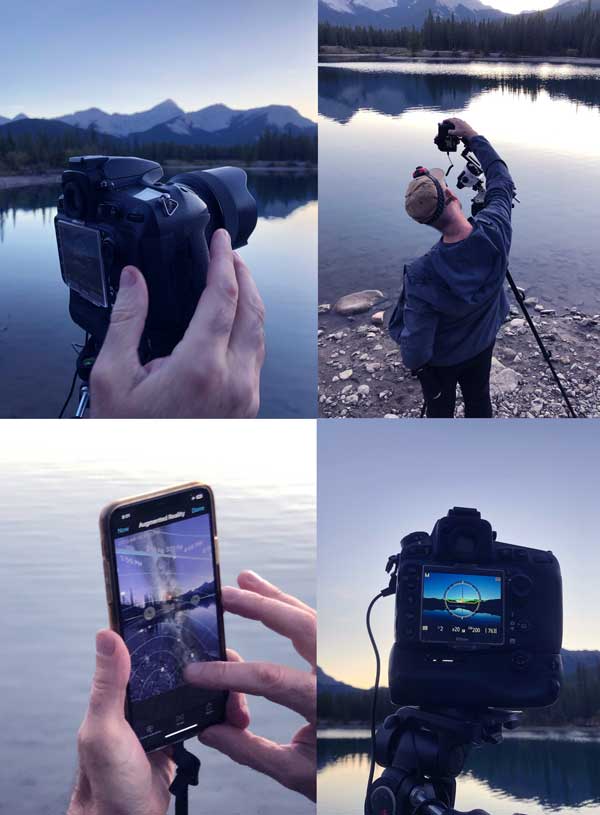
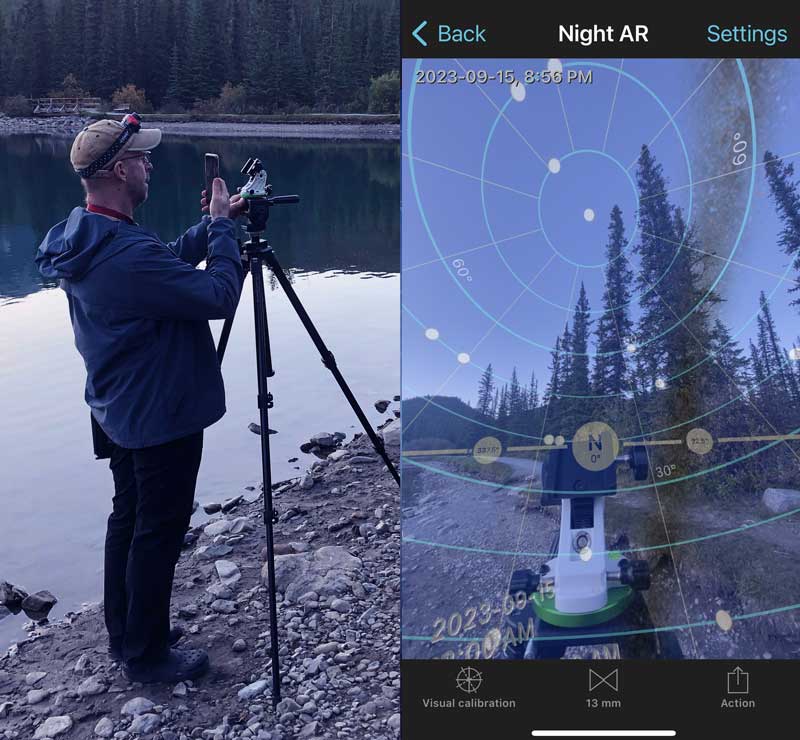
I’m using the Photopills app to find Polaris before dark with AR.
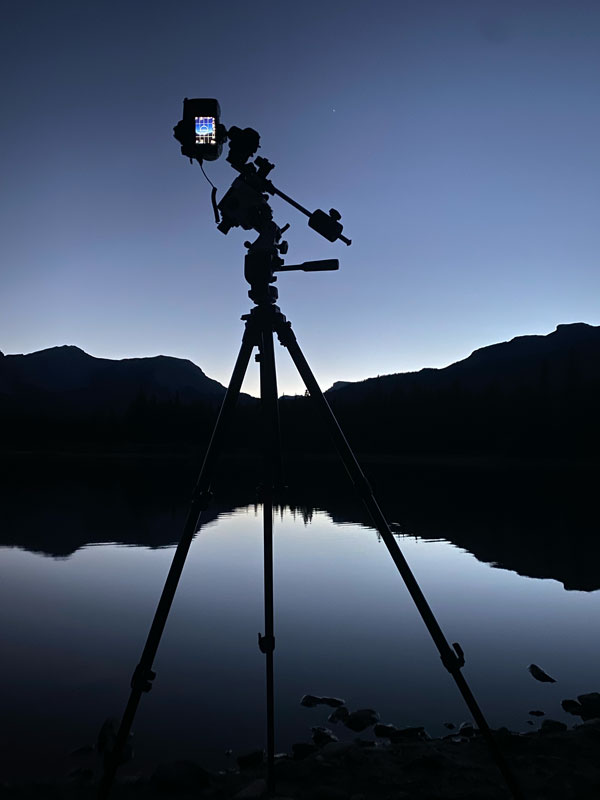
Join me under the stars!
I’m always down to share my experience, tips, and techniques. Photographing and editing the Aurora Borealis, Milky Way, Comets, Meteors, AirGlow, the Moon, and more using little more than a DLSR and remote shutter control on a tripod (optional star tracker) is a blast. Let’s talk.
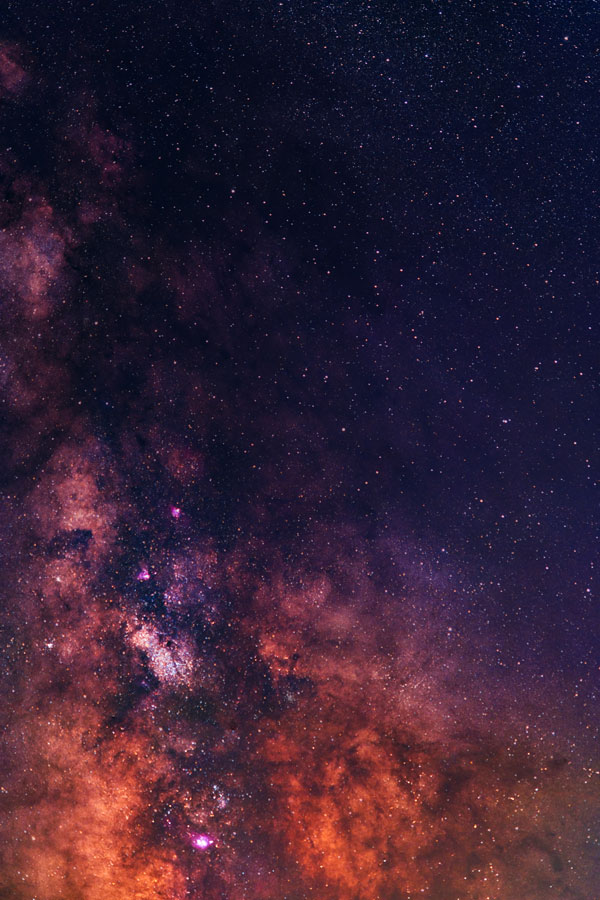
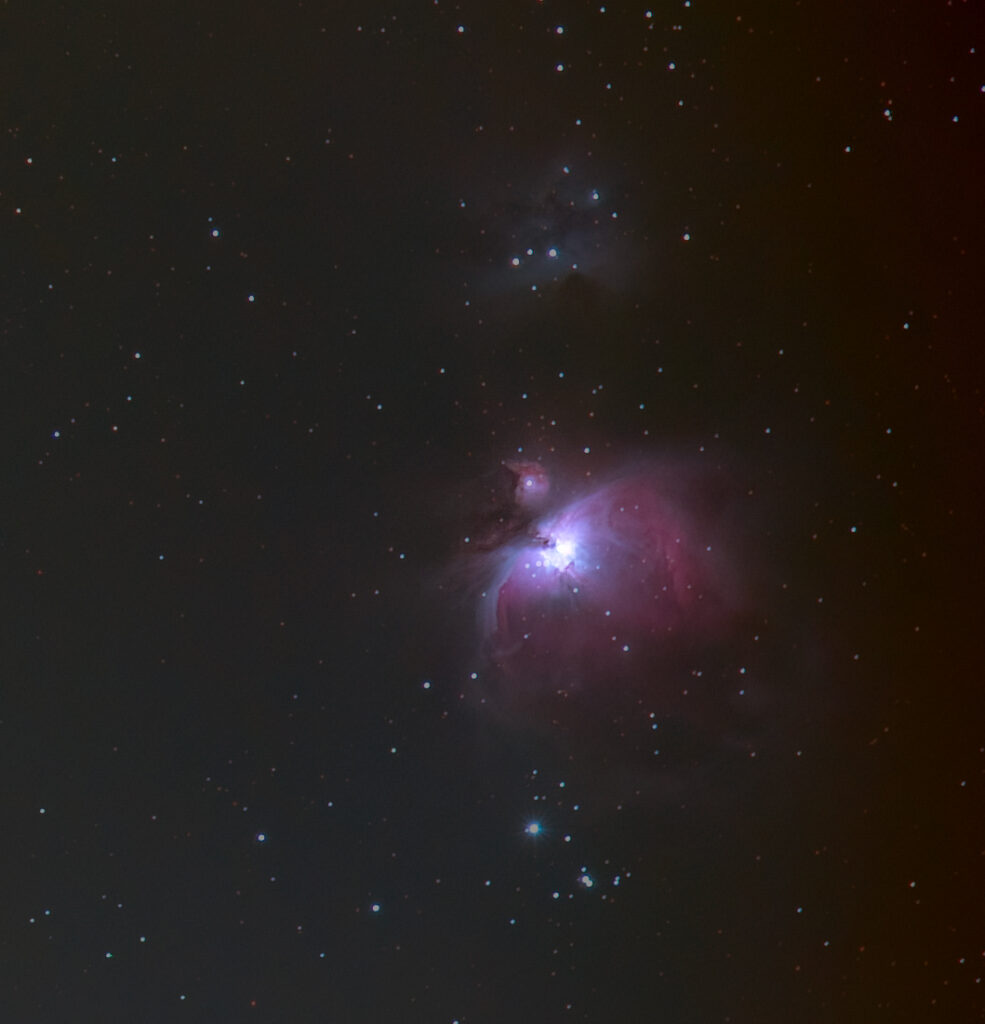
A star tracker is required to capture most night sky objects. This section of the Milky Way (our home galaxy) is a 900 second exposure, single shot. The Orion Nebula was captured in only 180 seconds, though created by stacking 14 images in photo editing software. Stacking removes deep space noise and allows us to reduce the brightness of stars so the nebulae becomes more visible.
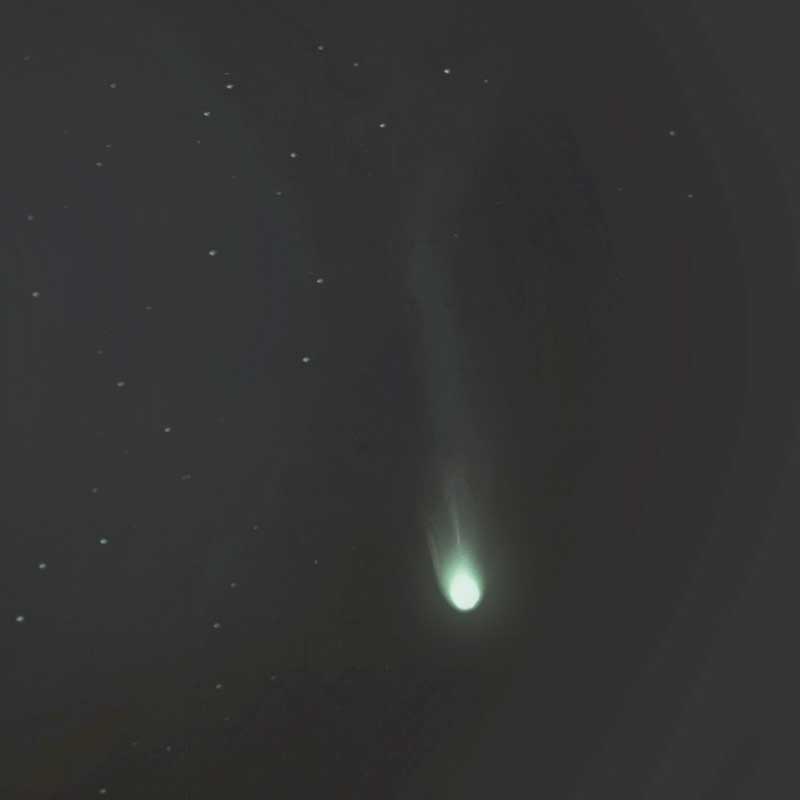
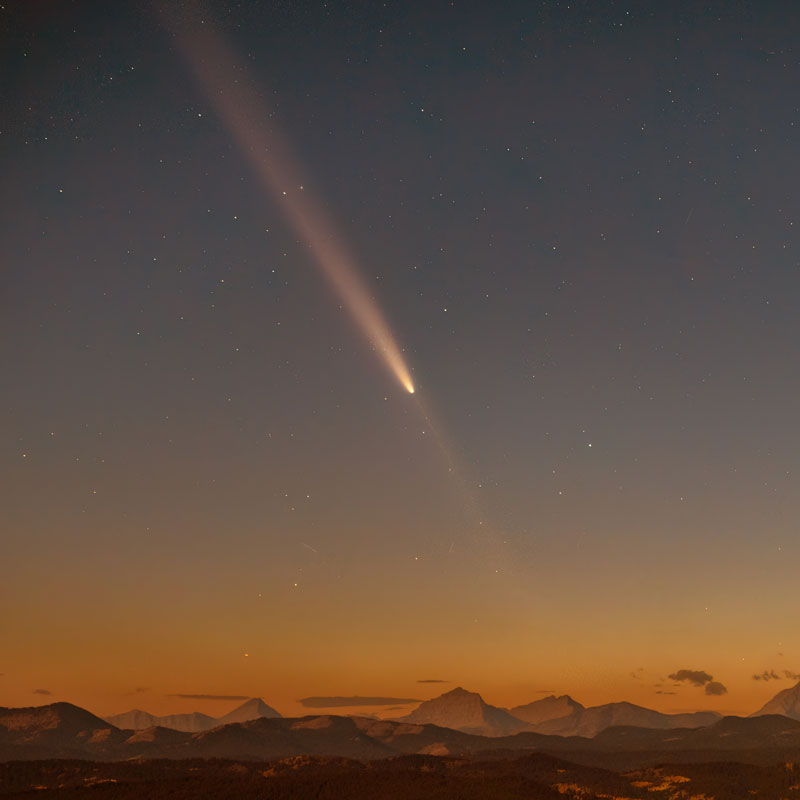
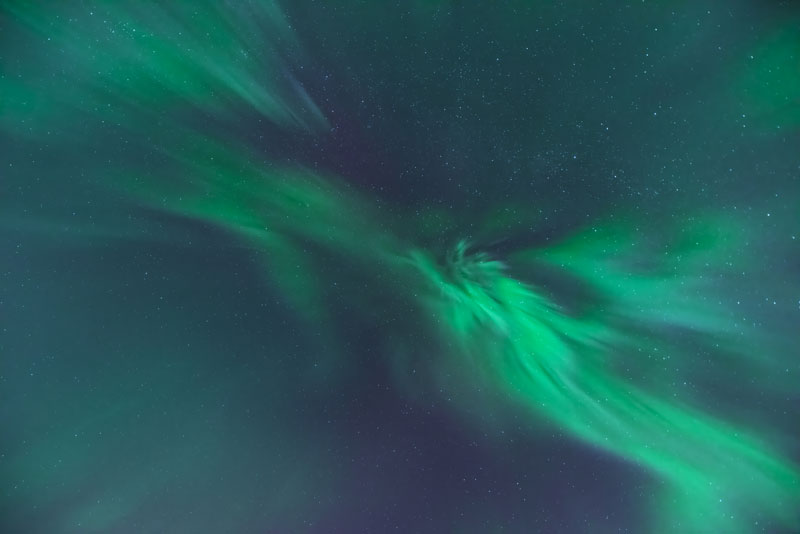
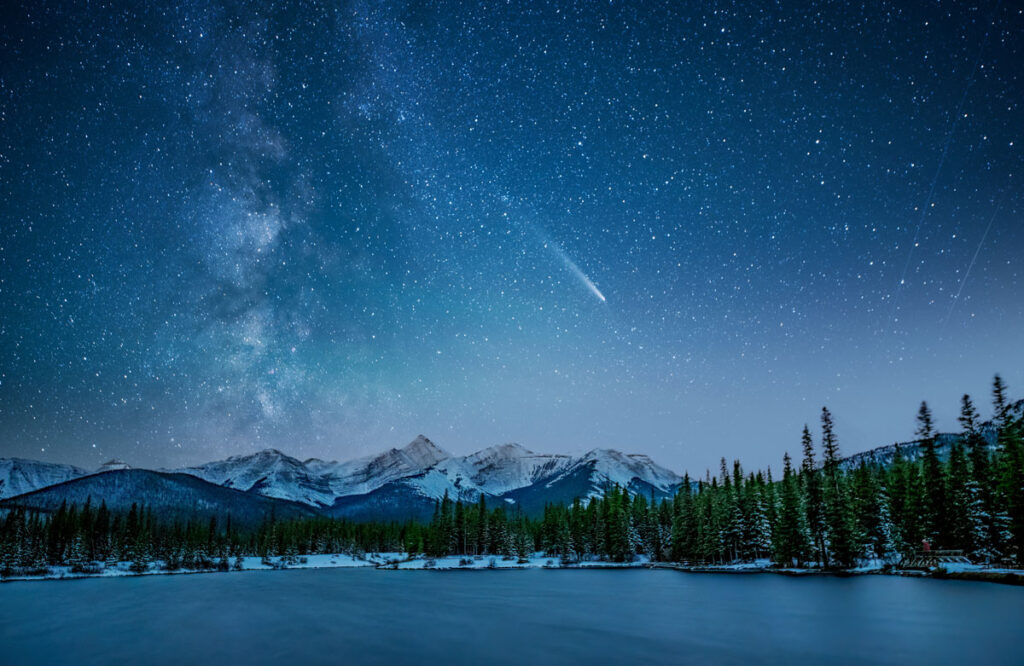
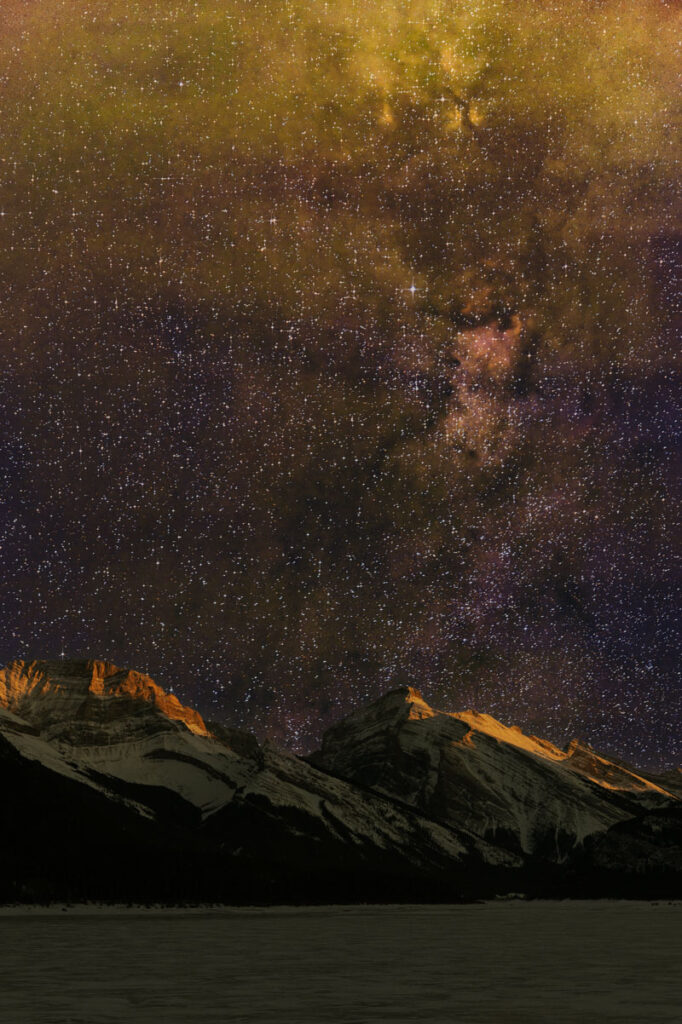
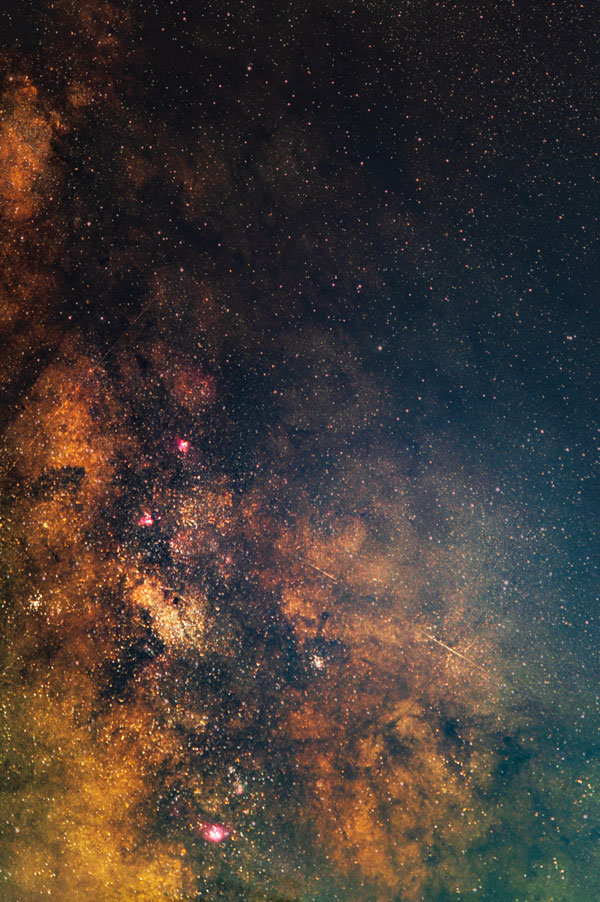
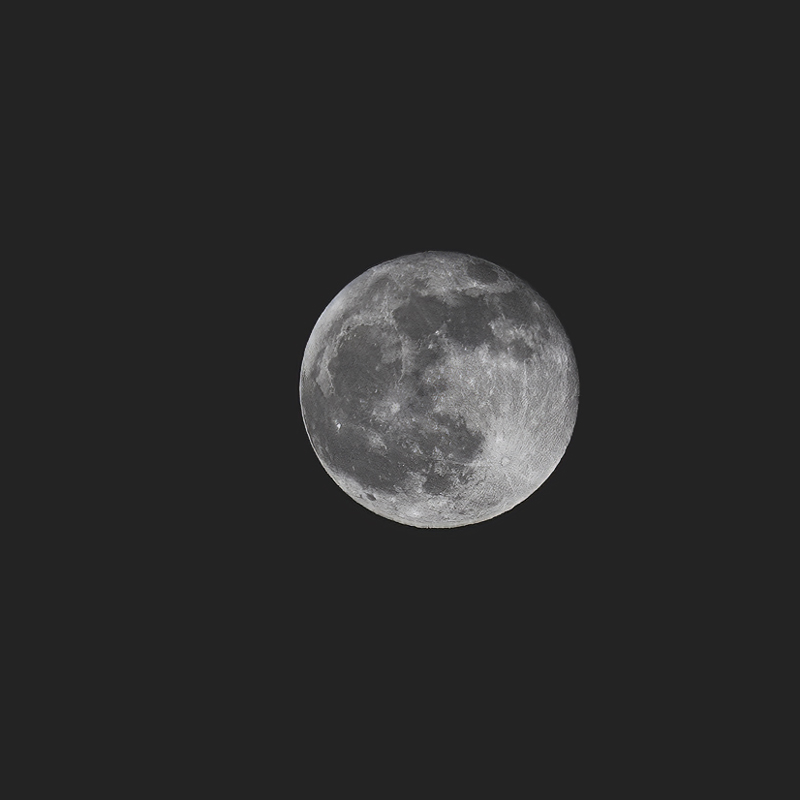
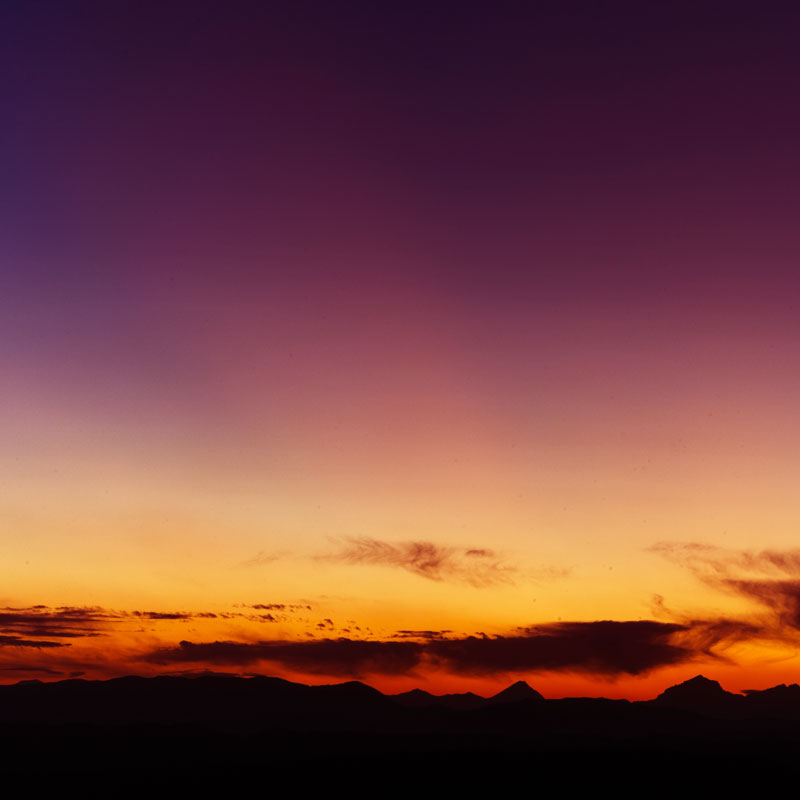
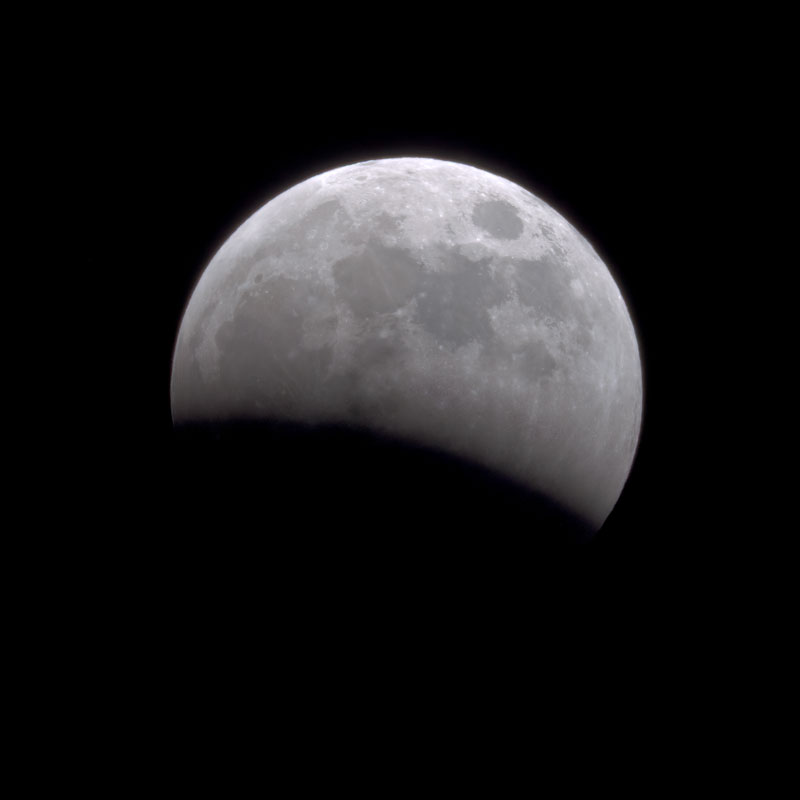
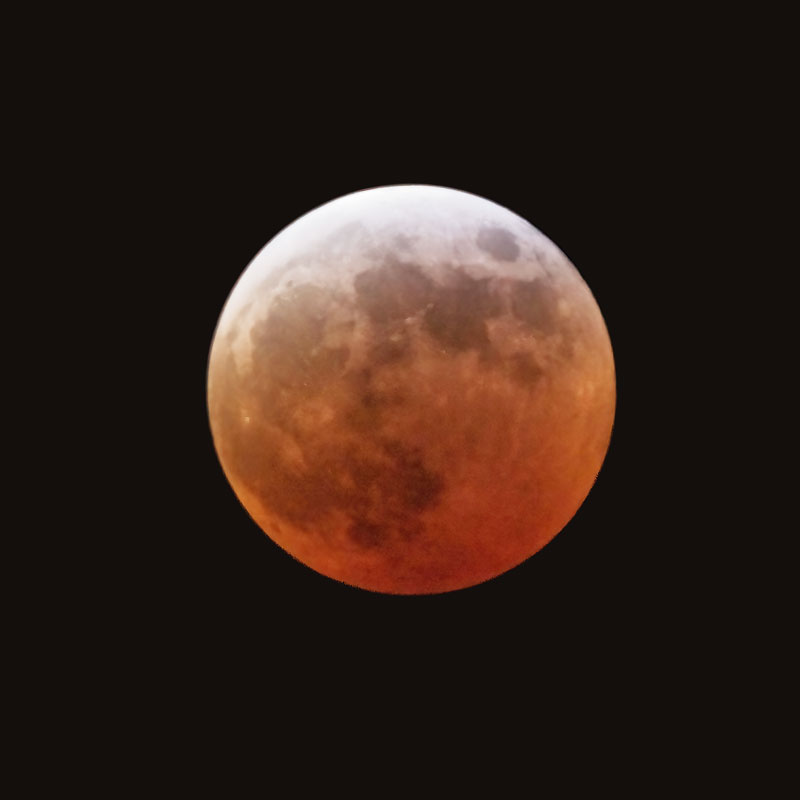
Often overlooked, the moon can be a surprising challenging to capture. That’s because whenever the sun is shining on the moon (such as during a full moon), it lights up incredibly bright in the middle of a very dark sky. It can be like photographing a light bulb. Adjust settings to f8-11, 1/40-1/60th, 1200 ISO. The effects can be compounded easily during a lunar eclipse, as the moon suddenly dims to become orangish red with a bit of lighter edge, causing the photographer to switch settings again to a much dimmer, night sky subject.
No need for a large expensive telescope. Astro is accessible via camera now.
Astronomers estimate that the universe could contain up to one septillion stars – that’s a one followed by 24 zeros. Our Milky Way alone contains more than 100 billion, including our most well-studied star, the Sun. In order to see some objects, it’s common place to remove the stars.